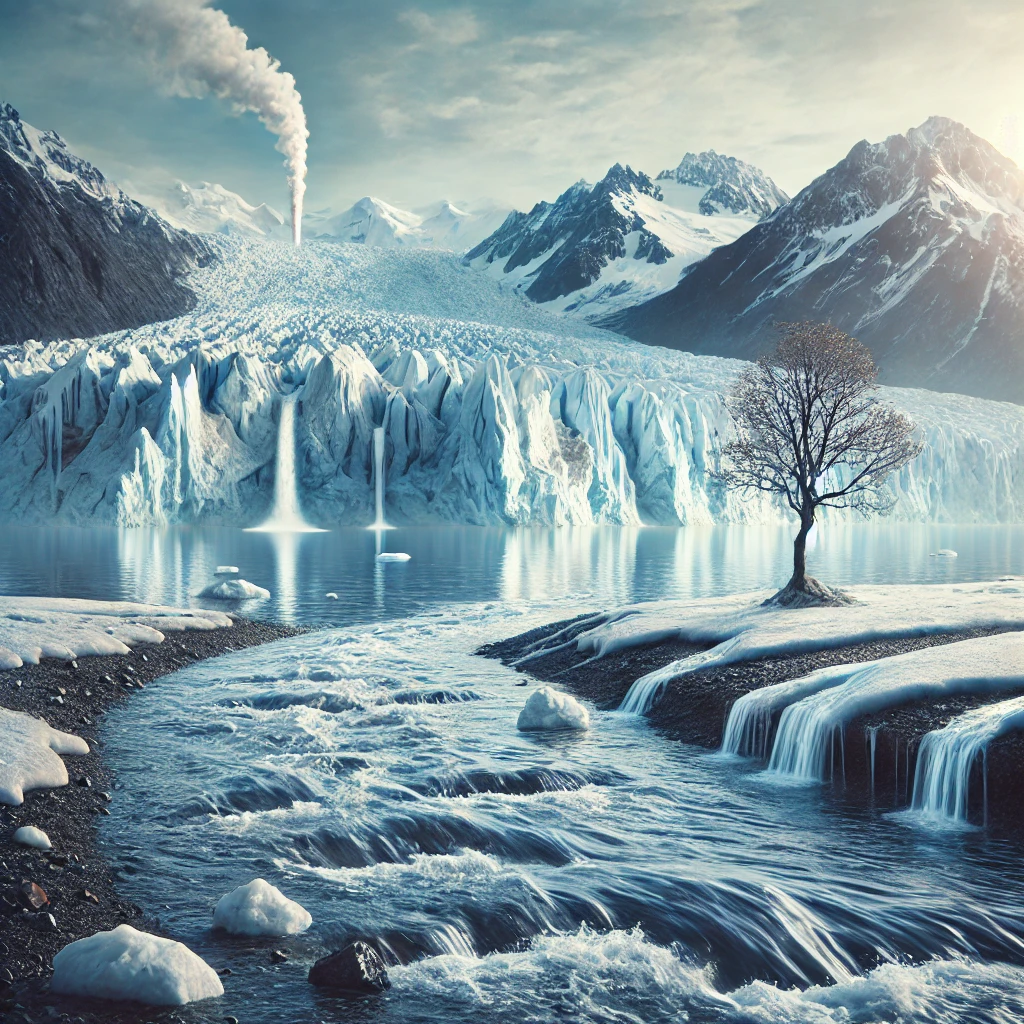Why Are Sea Levels Rising?
Article Source: The Cause of Rising Sea Levels

Why you should care
Rising sea levels are one of the most immediate threats linked to climate change, affecting coastlines, ecosystems, and millions of people. Understanding the causes can help in creating solutions to protect vulnerable areas from flooding, habitat loss, and other major impacts, potentially saving countless lives and resources.
Answering the question… Why Are Sea Levels Rising?
The primary causes of rising sea levels are melting ice sheets and glaciers, which add billions of tons of water to oceans yearly, and the thermal expansion of seawater as it warms. Since 1880, global sea levels have risen by approximately 8–9 inches, with nearly one-third of this rise occurring in the last 25 years alone, mainly due to human activities accelerating global warming.
How was the study done?
The research synthesizes data from satellite observations, tide gauges, and climate models. Researchers analyzed trends in ocean temperatures, ice mass changes, and atmospheric greenhouse gas concentrations to understand the influence of human-driven factors versus natural climate variations on sea level changes.
What was discovered?
- The Greenland and Antarctic ice sheets together lose about 400 billion tons of ice annually, a major contributor to rising sea levels.
- Thermal expansion of seawater has accounted for about 30% of the observed sea level rise, as water expands with increasing temperatures.
- Human activity-related emissions are responsible for 90% of global warming, which in turn drives rising sea levels.
- The rate of sea level rise has nearly doubled since 1993, increasing from 1.4 millimeters per year to about 3.3 millimeters per year.
Why does it matter?
Rising sea levels threaten coastal cities, wildlife habitats, and human infrastructure. Flooding, soil erosion, and habitat loss are becoming more frequent, endangering millions of people worldwide. This research highlights the urgent need to reduce emissions and adapt to these changes, potentially through coastal defenses, sustainable development, and carbon-reducing practices to mitigate further rise.
